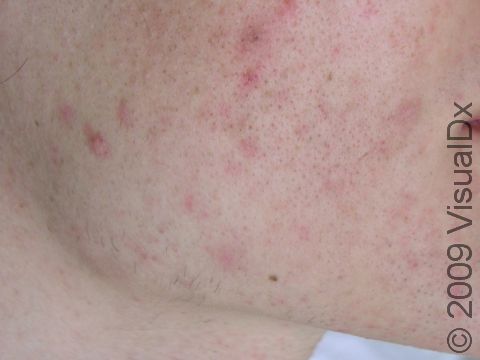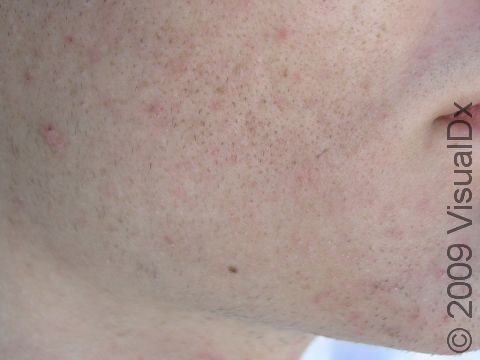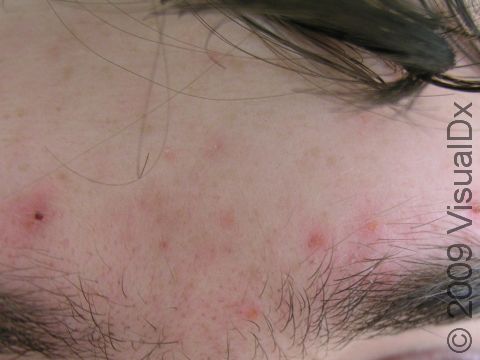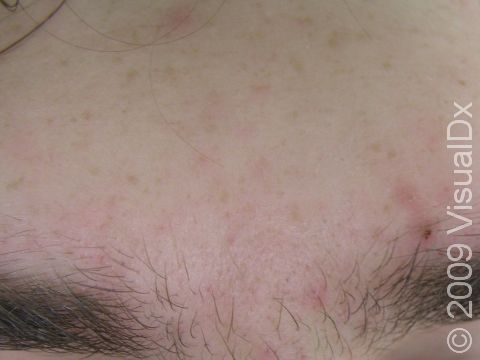Acne Treatment, Laser
A variety of methods involving light can be used to improve acne. A popular approach is to combine an infrared laser with skin cooling to target oil gland production, a key element in acne formation. A second approach involves a chemical that makes the oil gland and follicle sensitive to light plus the application of a bright light such as a laser, Intense Pulsed Light, or lamp. A recently described method uses a suction apparatus mated to an Intense Pulsed Light source to remove plugged up follicles before applying laser energy.
Who's At Risk?
Success is determined by multiple variables. Acne is a complex problem that sometimes requires multiple combined approaches (eg, laser treatment plus topical medications). Laser is fairly successful; however, even the best candidates may not respond.
Signs & Symptoms
Prior to the procedure, as with almost any laser procedure, sun-avoidance is important.
- Use a high SPF sunblock daily and re-apply periodically if in the sun.
- Avoid outdoor activity during peak sun hours (10 AM to 3 PM).
- Wear protective clothing, such as long sleeves and a hat.
- Sit in shady areas when outdoors.
Numbing cream applied to the affected area 45–90 minutes prior to the procedure can be useful in having a comfortable session. Eye protection will be worn by both the patient and laser surgeon. Once the skin is cleaned, a handpiece is placed over the skin and pulses of light are emitted. Laser treatment is usually fairly quick for a small- to medium-size area but may take longer for large areas. Depending on the method used, some people note pain during the laser treatment, which some compare to a superheated needle briefly entering the skin.
Self-Care Guidelines
After treatment, the skin is temporarily red with relatively quick healing. Gentle skin care and sun protection are important to promote proper healing. If a light-sensitizing medication is used, protecting the skin from all light sources for 48 hours is extremely important to prevent a severe reaction.
Treatments
- Topical medication
- Oral antibiotics
- Oral isotretinoin
- Hormonal therapy
- Diet modification (less dairy and/or simple carbohydrates)
When to Seek Medical Care
- Lack of results
- Blistering
- Temporary darkening of the skin
- Temporary or permanent lightening of the skin
- Scarring (rare)
Last modified on October 10th, 2022 at 8:45 pm

Not sure what to look for?
Try our new Rash and Skin Condition Finder



